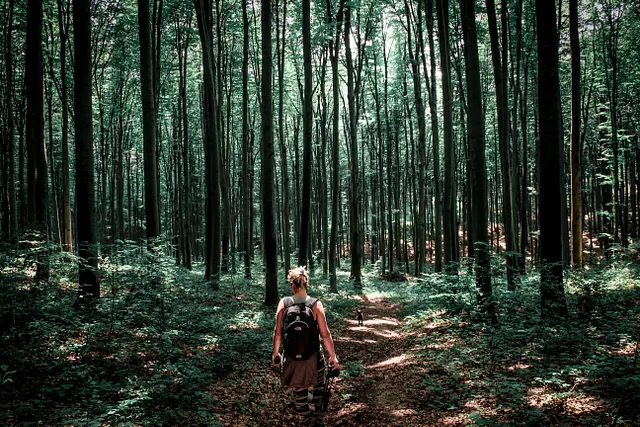Hiking to distant places like a hike to Gross Morne mountains, with a heavy backpack is a strenuous activity. Whether it’s a one-day or multiday hike, hiking requires strength and stamina. So, if you plan to go on a hike in a week or a couple of weeks, you should start training right now.
You should be physically fit because hiking often entails difficult and hilly trails. The air becomes thinner as you climb in high altitudes, causing altitude sickness. To avoid this, you must improve your aerobic fitness.
Try these simple exercises to get in shape and be ready for the hiking season.
1 — Legs’ stability
Running is the most practical strategy to strengthen your legs. Leg muscles, particularly the calves and thighs, are crucial and can only be developed by running. Run for 10–15 minutes every day, either at a leisurely speed or as if you were an athlete. Hiking involves some uphill and downhill inclines, with your foot sliding down quickly.
2 — Begin with walking
Prepare yourself for strenuous hiking by walking on uneven trails. Every day, do a 1–2 miles walk and gradually increase it to 3–4miles. Apply this strategy for 5–6 days a week for a couple of weeks. Walking not only improves your stamina but also keeps you physically and psychologically healthy.
3 — Stretch
Stretching helps to enhance the body’s flexibility. Many individuals believe that flexibility is nonessential. Flexibility is paramount when you have to walk short distances, bend your legs, walk on rocks, and balance on uneven trails. You should make it a habit to do some basic stretching exercises before any strenuous activity, hiking.
Stretching exercises promote flexibility, so you move fluidly.
— Denis Austin
4 — Strengthening your core
Hiking puts a lot of strain on your core muscles. These muscles are equally as crucial as leg stamina for maintaining stability and balance over rough trails. You don’t need to get 6 packs abdomen; if your back and stomach muscles aren’t in good shape, they will suffer at the end of each day.
Begin by practicing crunches and planks every other day or so. Plank is the best exercise if you choose to do just one. You can easily increase your reps while doing crunches and planks time.
5 — Cycling
Cycling has several advantages; cycling is the most practical activity for increasing aerobic fitness. It can also train your legs faster than basic running when trekking mountains. Cycling can be done outside, at home, or the gym. I would suggest doing outside. Try to run 3–4 miles in roughly 20 minutes, then push yourself to run 6+ miles in 30 minutes.
Nothing compares to the simple pleasure of riding a bike.
— John F. Kennedy
6 — Strongback to carry the backpack
A great backpack, especially a light one, is essential for multiday or one-day hikes. But to carry that backpack, you’ll need a strong back. While hiking, taking a big bag may quickly exhaust your energy level. Because you’ll need to bring almost everything,
while strengthening your core muscles is beneficial, you should also work on your shoulders, neck, and legs. I personally use this backpack (Amazon affiliate link). It’s pretty compact and lightweight.
Key Takeaways On A Hiking
- Start walking more
- Make stretching a habit before any strenuous exercise
- Train your legs
- Strengthen your core
- Cycling (Amazon affiliate link)
- Work on your back muscles to carry a backpack
Thank you for reading!




